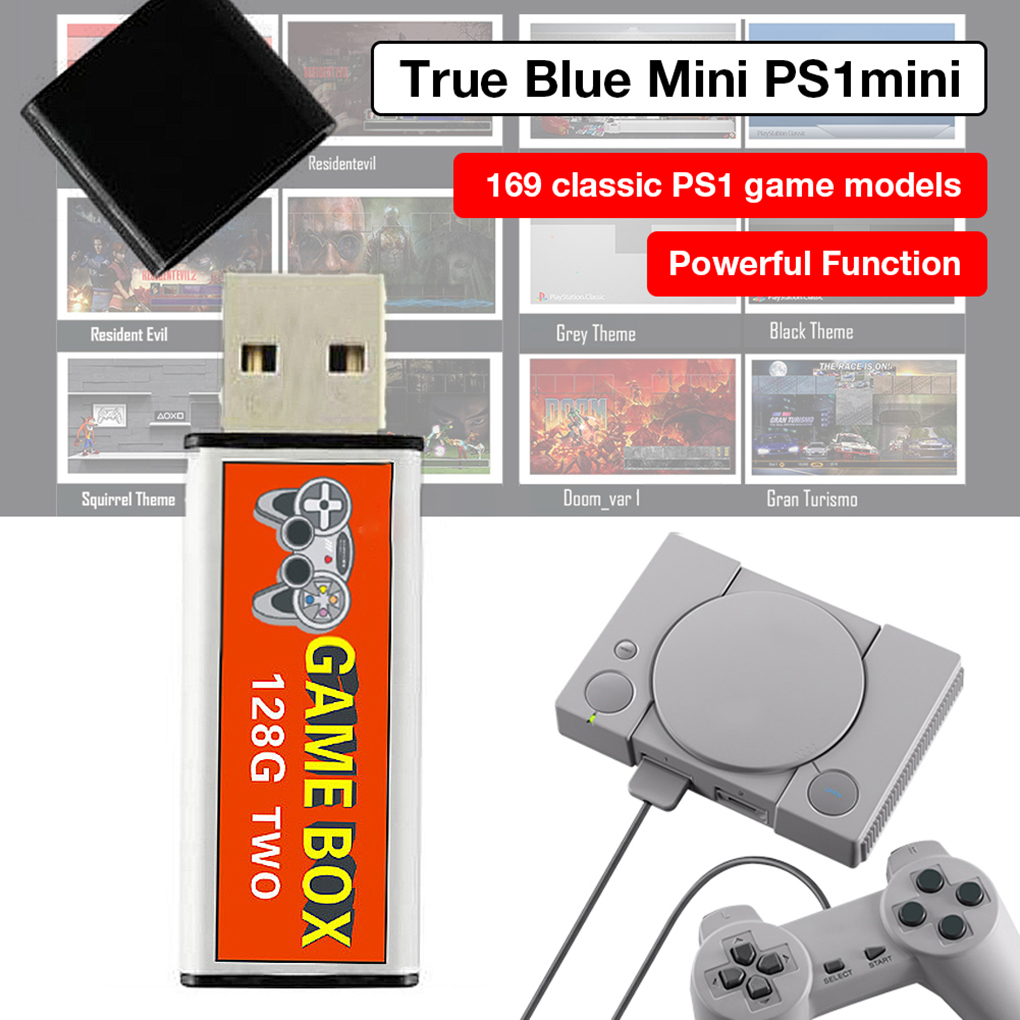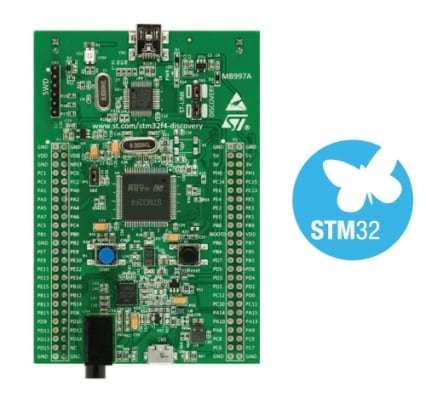


File storage also only operates with common file-level protocols, such as a New Technology File System (NTFS) for Windows or a Network File System (NFS) for Linux. However, NAS or the Network Operating System (NOS) handle access rights, file sharing, file locking, and other controls.įile storage can be very easy to configure, but access to data is constrained by a single path to the data, which can impact performance compared to block or object storage. This functions similarly to a local hard drive. In other words, the user or application receives data through directory trees, folders, and individual files. NAS presents storage to users and applications using the same ideology as a traditional network file system. IBM Cloud Object Storage: Built for business (04:10) File storageįile storage, which is also referred to as file-level or file-based storage, is normally associated with Network Attached Storage (NAS) technology. In block storage, metadata is limited to basic file attributes.īlock storage is best suited for static files that aren’t changed often because any change made to a file results in the creation of a new object.įor more info on object storage, check out " Object Storage: A Complete Guide" and our video “What is Object Storage?" For example, metadata accompanying a video file could be customized to tell where the video was made, the type of camera used to shoot it, and even what subjects were captured in each frame. In object storage, metadata can be customized to include additional, detailed information about the data files stored in the object. One important difference between object storage and block storage is how each handles metadata. And each object stores metadata-information about the files stored in the object. Each object receives a unique ID, which applications use to identify the object. In practice, applications manage all of the objects, eliminating the need for a traditional file system. It then stores those objects in a single repository, which can be spread out across multiple networked systems. Object storage, which is also known as object-based storage, breaks data files up into pieces called objects. While the ultimate goal of each is to provide data to users and applications, each of those storage methods goes about storing and retrieving data differently.

Developers also use other systems, such as object storage and file storage. file storageīlock storage is not alone in the world of data storage. When a user or application requests data from a block storage system, the underlying storage system reassembles the data blocks and presents the data to the user or application. This creates multiple paths to the data and allows the user to retrieve it quickly. That means it can store those blocks across different systems and each block can be configured (or partitioned) to work with different operating systems.īlock storage also decouples data from user environments, allowing that data to be spread across multiple environments.

The SAN places those blocks of data wherever it is most efficient. Developers favor block storage for computing situations where they require fast, efficient, and reliable data transportation.īlock storage breaks up data into blocks and then stores those blocks as separate pieces, each with a unique identifier. What is block storage?īlock storage, sometimes referred to as block-level storage, is a technology that is used to store data files on Storage Area Networks (SANs) or cloud-based storage environments. This guide will cover the fundamentals of block storage-a type of storage you used to store data files on Storage Area Networks (SAN) or on cloud platforms.


 0 kommentar(er)
0 kommentar(er)
